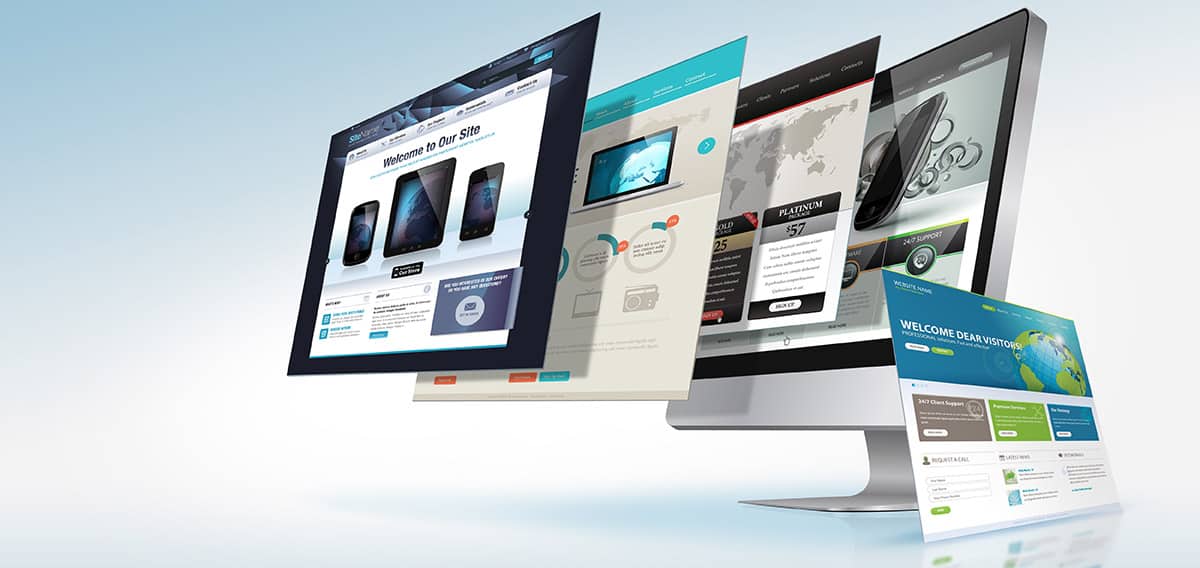
Most small businesses want to grow and find new customers, but have a limited budget they can spend on advertising.
Digital advertising can be especially attractive to small businesses because of the low minimum spend required. While even a small print ad can easily cost over $1,000, most online spends have minimum daily spends of around $5 to $10 per day. Online advertising also offers better (although not perfect) tracking because you can use your analytics to see who clicked on your ads and whether or not they made a purchase on your website.
In this article, we’ll take a look at some of the most popular online self-serve platforms and discuss which spends may be most effective for your business. (Google Adwords is discussed separately in this article)
Odds are good your company already has a Facebook page. It’s also likely you’re frustrated by how few of your fans are seeing your posts. Facebook is constantly changing its algorithms that control which posts are seen by which fans. Unfortunately for many businesses, posts by company pages are among the most filtered from news feeds.
The solution to this is to pay for your content to be seen. Facebook offers two types of advertising to small businesses:
- Sidebar ads: Sidebar ads are more traditional ads that appear to the right side of the newsfeed on desktop devices only. They consist of a small picture plus a limited number of words describing the business and a call to action such as “Like Page” or “Visit Website”.
- Newsfeed ads: Newsfeed ads look like normal posts and appear in the users newsfeed with the word “Sponsored” under the company name. These can be regular posts that are promoted for a limited period of time, or ads that are run regularly for a set period of time.
Facebook allows you to target your ads based on age, education, geography and interest (i.e. users who follow certain pages or topics. You can also retarget people who have been to your website with ads on Facebook.
We typically recommend advertising on Facebook to businesses that are looking to target consumers (as opposed to other businesses). Retargeting on Facebook can be especially powerful because of the huge number of people who use the website on a daily basis. Facebook works best for businesses whose customers are over 25 and offer products or services that customers feel a connection to (think shoes or dog grooming rather than oil changes or cardboard boxes).
Twitter offers more unpaid opportunities than Facebook because of the prevalence of hash tags, account tagging and keyword searches on the platform. That said, its paid advertising platform is also a positive tool for small businesses. Twitter offers both promoted posts and promoted “Who to follow” recommendations. Like Facebook, you can either choose to promote individual posts or you can create ads that will be regularly promoted.
Twitter allows targeting based on age, gender, location, and accounts followed—they also recently introduced “personas” which allow you to target specific groups such as small business owners or people with incomes over $100K. Twitter also offers in-market profiles of people who are currently shopping for a particular product.
We recommend Twitter advertising to businesses that sell to other businesses, or to businesses that offer products or services that fit well with the in-market audiences or personas offered by Twitter.
LinkedIn offers both promoted posts (these can be either promoted posts or ongoing ads) and sidebar text-only ads via its self-serve platform. (Other ad formats are available via its managed advertising program.) LinkedIn is completely unique in that it allows advertisers to target by the company they work for, the position they hold, or even the college they graduated from. This can make it an extremely powerful advertising option for companies that have an extremely targeted audience.
We recommend LinkedIn ads to companies that have a specific audience in mind such as “Marketing Managers at mid-sized companies” or “Human Resources departments.”
- YouTube
YouTube (which is managed via the Google Adwords interface) allows you to promote your video content as either a pre-roll (before the featured video starts) or as a promoted video when users search for related videos. If you don’t already have video content, you can find an array of videographers who can produce them for you on sites like SmartShoot for anywhere from a few hundred to a few thousand dollars.
Video can be a compelling way to communicate a more complex message, highlight a client testimonial, or demonstrate the benefits of your product or services. It can be especially effective if your products are geared towards younger audiences who tend to use YouTube as their go to for entertainment and instruction guide.
We recommend YouTube for businesses who want to reach teens and millennials, and who offer a visually compelling product or a service that is better explained in a video than a static banner.
No matter what your objectives are, Wolfhaus Design can help you create and deliver an online advertising campaign that will help drive qualified traffic to your website. Learn more about Wolfhaus Design or get started with a free consultation.
